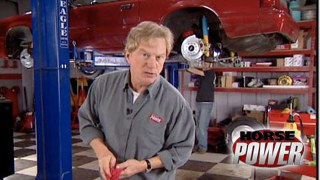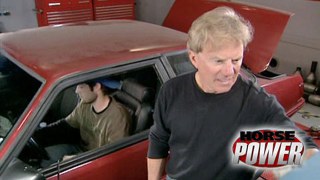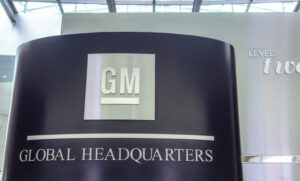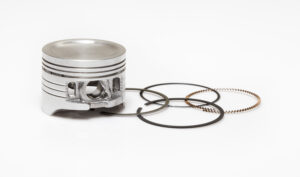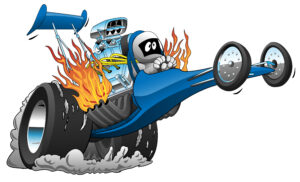More Mustang LX Episodes
HorsePower Builds
Want more content like this?
Join the PowerNation Email NewsletterParts Used In This Episode
Alloy USA
31 spline 5-lug axles and 3.73 ring and pinion set.
BBK Performance
Intake Plenum titanium powder coat finish.
Bilstein
Front Struts.
Classic Tube
Factory style fuel and brake lines.
Delk Performance
New 8.8 housing for Fox
Eaton Corporation
Eaton posi set up for 31 spline axles.
Matco Tools
Double flaring hydraulic brake line tool.
Maximum Motorsports
Adjustable caster camber plate.
Maximum Motorsports
Adjustable aluminum panhard bar set-up.
Maximum Motorsports
Front coil springs.
Maximum Motorsports
Full length subframe connectors.
Maximum Motorsports
Swaybar end links
Maximum Motorsports
Tubular lower control arm with spherical rod ends.
Mickey Thompson
15x10 aluminum race wheel wrapped in 28x11.50 et street.
Mickey Thompson
Skinny front 15x3 wrapped in 26.0 4.5.
Trick Flow Specialties
Cast aluminum valve cover set.
Trick Flow Specialties
easing all trick flow parts for next mustang show.
Zoom Performance
Stage 2 clutch kit kevlar faced disc.














